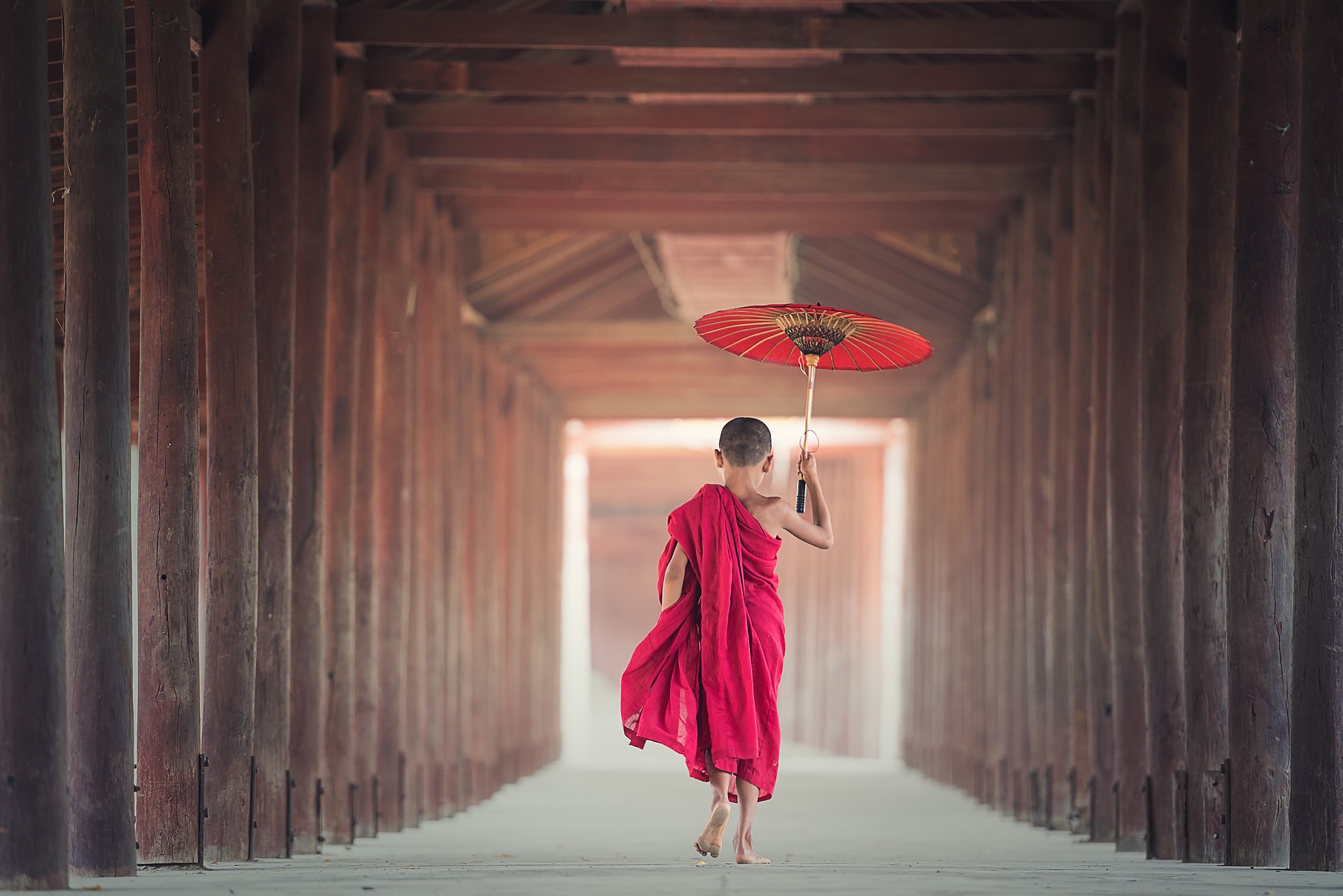We’ve heard the term online so many times that it’s become a buzzword that is easy to ignore, but cultural appropriation is a very real, very damaging, and very subtle action that affects minorities and people in power alike.
Despite its widespread usage, however, many people are still confused about what cultural appropriation actually is, and why it’s such a huge problem for people of color.
What is Cultural Appropriation?
Simply put, cultural appropriation is when one group of people adopt or borrow certain aspects of another culture (like art, music, language, or the like) without the expressed or explicit consent of the people in that particular culture. It’s been a controversial topic as of late, with celebrities from both sides of the argument chiming in and giving their two cents.

For this article, we’ll look at why cultural appropriation is a problematic issue that needs to be addressed, more so because of the ethnic diversity of our country. Critics of cultural appropriation often cite white Americans who grew up in diverse communities and have inadvertently picked up the quirks of their community, their dialects and customs, and even religious traditions.
However, that isn’t exactly cultural appropriation: by virtue of being part of the community, that person becomes part of that particular community’s culture. Cultural appropriation, on the other hand, is an entirely different animal: it has little, if at all, to do with a person’s exposure or familiarity with a different culture. In fact, it can be quite the opposite.
Cultural appropriation involves a dominant cultural group, in this case, white anglo-saxon Americans, taking cultures of minorities, usually without the minorities consent, and exploiting it for financial gain specifically for the dominant group, often times excluding the minorities they’ve taken from.
While it’s not always about race, ethnicity and race do play a significant part of cultural appropriation, along with economic standing, historical context, personal experiences, etc. To dismiss cultural appropriation as simple Liberal, PC, propaganda would be a disservice not only to the minority cultures around us, but also to ourselves.
Breaking Down Cultural Appropriation
To get a firmer grasp of what the term means, let’s take a look at the components that make up the phrase itself:
Culture, according to the dictionary, is the collective term for the traditions, ideas, religion, beliefs, language, speech patterns, artifacts, and material objects associated with a specific group of people.

Appropriation, on the other hand, is the illegal seizure, usually by one dominant person or people, of something that doesn’t belong to them and using it for their personal gain.
While it might still seem vague, various scholars have tried to further describe cultural appropriation, with Fordham University law professor and author Susan Scafidi describing it as:
“Taking intellectual property, traditional knowledge, cultural expressions, or artifacts from someone else’s culture without permission. This can include unauthorized use of another culture’s dance, dress, music, language, folklore, cuisine, traditional medicine, religious symbols, etc. It’s most likely to be harmful when the source community is a minority.”
In the country, cultural appropriation is almost-always used to describe actions of mostly white anglo-saxon Americans, who identify with a vague idea of “white” culture (itself problematic), and “borrowing” (i.e. taking) cultural artifacts from the minorities around them, often as an aesthetic element.
In the United States, minority groups usually targeted for cultural appropriation include African Americans, Asians, and indigenous tribes. Pop culture, which is mostly driven by white anglo-saxons, will often borrow African American music and dance, Native American garb or words or fashion, and Asian stereotypes of small, typically Chinese, comic reliefs.
At its core, cultural appropriation in America has its roots from the early days of colonization, when white settlers saw the indigenous tribes of the land and their African slaves as something a little less than human, and thus unworthy of the culture they inherently possess.
While we have, as a people, thankfully moved on from that on a large scale, small, micro-aggressions and insensitiveness still exist, often in subtle and hard-to-read ways.
Examples of Cultural Appropriation
Music is, perhaps, one of the clearest indications of cultural appropriation. In the early 30’s up until the 50’s, white musicians would routinely appropriate African American music stylings, mostly because record labels didn’t like the idea of a black man singing songs on the radio. While this did give birth to modern rock-n-roll, most of the black pioneers have been omitted from history.

But it’s not just race; Madonna has been accused of cultural appropriation when she began using voguing as her signature move. However, this dance move was primarily started by the LGBT community. Even Gwen Stefani was accused of cultural appropriation after her heavy use of Harajuku fashion in her early solo career.
Native American tribes are routinely subjected to cultural appropriation, with many of their sacred artifacts, music, and even rituals, being woven into popular culture. In fact, the likeness of Native Americans has been used in sports, with a negative stereotype of the “Indian Yell” being the highlight of the Washington Redskins. Beyond that, white pseudo-religious leaders also use many Native American religious ideas for their own “eclectic spiritualism”, which usually caters to rich white women.
In Australia, white Australian companies will routinely take Aboriginal art and sell copies of it for thousands of dollars, with none of that profit being given back to the Aboriginal community.
White people tattooing Chinese words or cultural artifacts are also an example of cultural appropriation, with many Buddhists finding offense whenever they see a white person with a Buddha tattoo that they got for aesthetic reasons.
Of course, all of this must be put into context, with intent being a key player in deciding on whether a person is sincerely honoring the culture they are borrowing from, or if they’re appropriating a culture for their own gain, be it monetarily or otherwise.
How Do I Avoid Appropriating Culture?

When it comes to using a different culture’s artifacts, it’s important to look at your personal motivations in doing so. To avoid accidentally appropriating a minority culture, step back and ask yourself:
- Am I borrowing these artifacts because of a genuine interest and appreciation of the culture, or am I just doing it because it makes me look cool and trendy?
- Is what I’m buying authentic? If so, how can I be sure? If not, does the money this person or organization make go directly to the minority group/indigenous peoples that this product was inspired by?
- Is it respectful to the culture that I am borrowing from? If a person from that culture were to see this, would they be offended?



